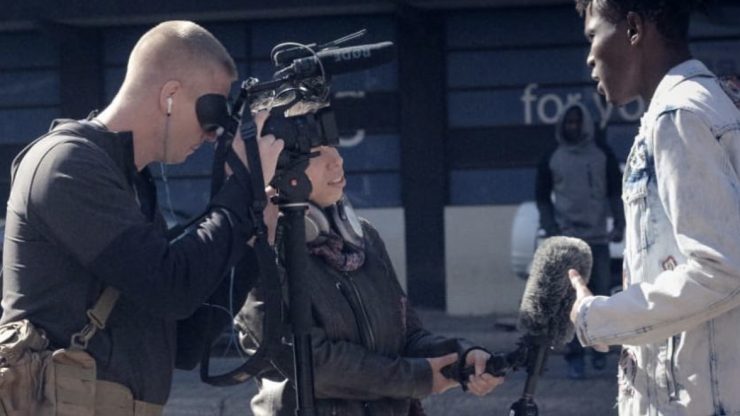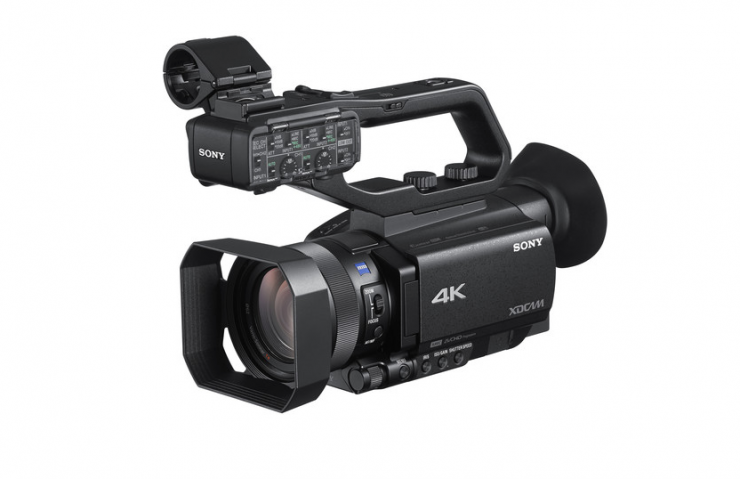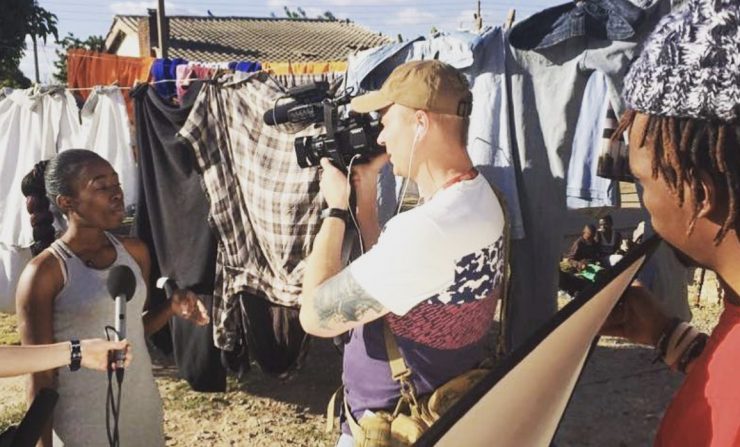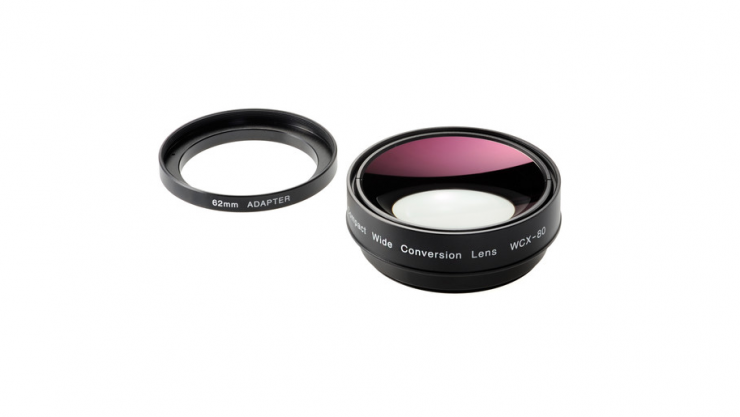
In an age where everyone seems to gravitate towards bigger sensors and interchangeable lens cameras is there still a place for fixed lens pro camcorders?
I’ve been shooting broadcast and web video for twenty years. I started off with a Sony PD150 and then quickly moved on to the Sony DVCAM DSR 500. A few years later it was the Sony XDCAM EX PMW-500. When I switched from working as a traditional news and documentary cameraman to being a video journalist and a producer who shoots and edits my own material I decided to go smaller. I dumped the big, heavy shoulder cam in favor of the Sony a7S. I loved it…for a while.
Eventually, I fell out of love with mirrorless and HDSLR cameras. In my job when you need to move quickly and you are working with colleagues or contributors who have no time to hang around while you change lenses or fiddle with your ND filters it doesn’t make much sense to use a digital cinema camera or a mirrorless camera.

What I needed was something else, something that ticked all the boxes. It needed to have a beautiful image, a decent zoom lens, good autofocus, and built-in ND filters. It also had to be easy to operate and carry. Enter the Sony PXW-Z90. This small camera that resembles a cheap-looking toy has been the answer to my prayers since I purchased it a year ago.
If you’ve never heard of it then here are a few basic stats to fill you in:
- 4K right out of the box (not that I have really used it)
- 3G-SDI and HDMI outputs (I can finally do hassle-free live crossings)
- 1” Exmor RS sensor (Yes, I can get a nice shallow depth of field when I want to)
- Amazing autofocus (and now I’m in my 40s I need it!)
- 12x optical zoom lens
I’ve recently started to return to my news photographer roots and my latest assignment saw me criss-cross southern Africa as part of a broadcast news pool following Britain’s Prince Harry.
I was told that I had to travel extra light as we would be jumping on and off tiny charter flights. There was no way I could have done that with a large ENG shoulder-mounted camera. We also had to work quickly and an HDSLR, mirrorless or even a camera such as a C300 or FS5 would have been very problematic for me.
Here is a short compilation of some of the footage I filmed on the trip.
As anyone who has done a VIP “pool” shoot before will know, on these sorts of assignments there is no time to be clever it’s about capturing the moment in the simplest way. In other words, don’t fuck up the basics! You need to be in the right place at the right time, and be able to compose a simple well-exposed shot, get it in focus, and build an easy to edit sequence around that footage. Sounds easy, right? Well, you’d be amazed how nerve-wracking it is and how easy it can be to make mistakes.
Luckily for me, the Z90 didn’t let me down. It packs an amazing punch and I admit that I used the autofocus for 90 percent of my shots with no issues what so ever (it has 273 phase-detection AF points). The only time I would switch to manual focus was for interviews as sometimes the autofocus can lock on to a face in the background or to trees for some reason.

One thing worth flagging here is that the manual focus can catch you out if you aren’t used to it. Personally, I don’t trust it to work as a traditional parfocal lens. I watched a cameraman from a rival organization get caught out a number of times on this trip when it seemed that the back focus was out on his Z90 and made me question if the lens can actually be used in a traditional zoom in-focus-zoom out way. Personally, on the rare occasions that I switch it to manual focus, I use the focus magnification button instead to aid me and leave the zoom demand alone. This has worked perfectly for me so far.
But talking of lenses, the Z90 has a great little one from Zeiss that has a length of 9.3mm to 111.6mm with ClearView enhanced zoom (I’m not sure what the full-frame equivalent is). At the wide end it is f/2.8 and f/4 at the telephoto end. That’s a cracking length for news though for my feature work I like to get a lot closer and use a wide lens.

With that in mind I have just purchased the Zunow WCX-80 Wide Conversion Lens. I haven’t used it in action yet but did manage to annoy my Dad and our local handyman by getting a few shots of them at work today.
It seems to give me some great new angles, hold focus well and maintain the colours I like, that’s a big win in my book.
Before you ask, no I don’t shoot Log. I need good images straight out of the camera and so after a little bit of trial and error I settled for using PP4 with the Black level set at -6. I think it looks great.
Please reach out to me if you have a preferred PP for run and gun, quick turn-around shooting as I’m always looking to try new things.
The other great thing about this camera for me is the active stabilization. It means I can go handheld and still keep the shot steady. I’ve shot a number of pieces-to-camera where I was handheld and people thought I was using a gimbal.
The camera also shoots nice slo-mo, though personally I have problems getting FCPX to see the slo-mo shots and have to ingest them via software called Catalyst Browse which is a bit of a headache.
So to wrap up I am now a massive fanboy of the Z90 and I hope to use this camera for the next few years, or at least until I get bored and fancy a new challenge.
Editor: If you want to find out more about Christian or see more of his work you can head over to his website or go to his Instagram page.





